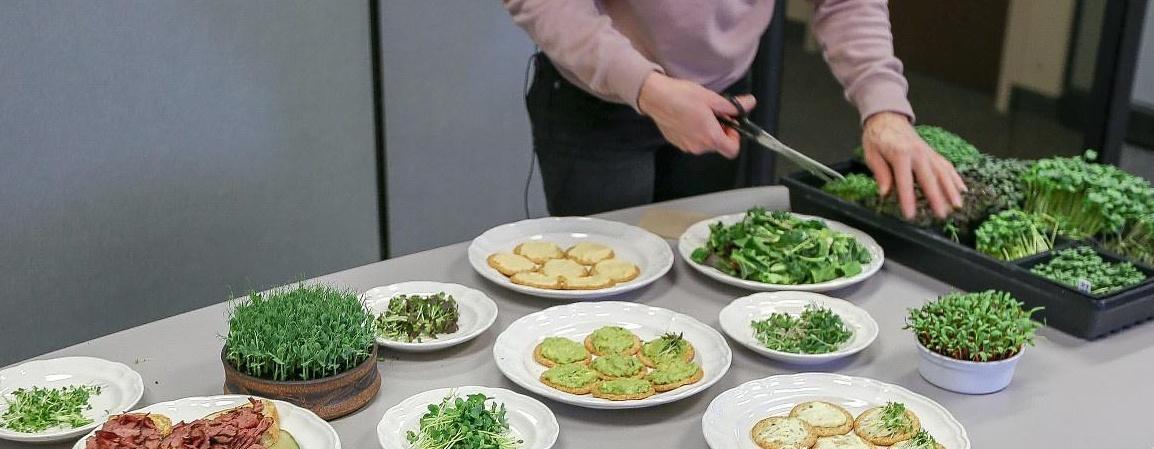This is the final part of our 3 part series on growing your own microgreens and sprouts. Click here to see Part 1: Getting Started and Part 2: Planting and Watering.
Growing The Perfect Microgreens For Eating
You’ve gathered all your supplies, you’ve filled your trays and sowed your seeds, now it’s time to watch your microgreens grow, harvest them, and best of all, eat your microgreens and sprouts!
In this video we go over lighting, what can and can’t be consumed as a microgreen, what seeds are difficult to germinate as a sprout, keeping a log, alternative growing containers, harvesting, storing, and eating them on some deliciously prepared foods, of course.





